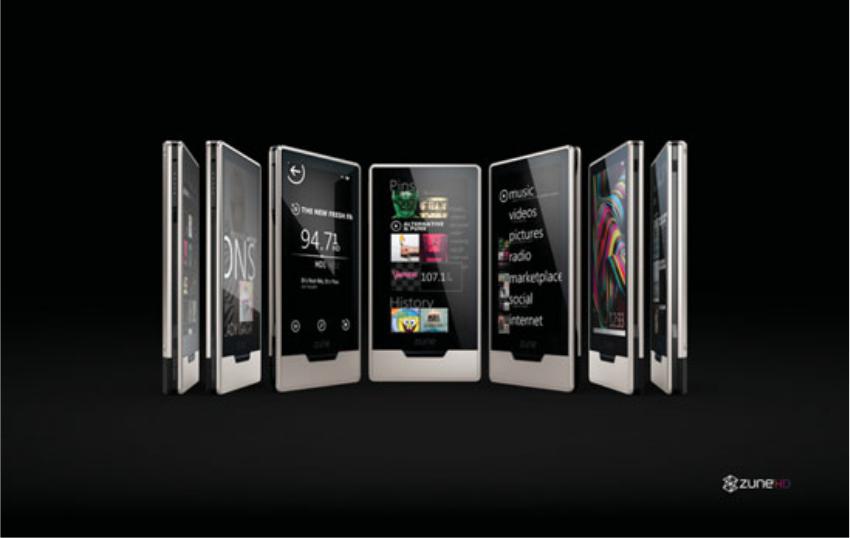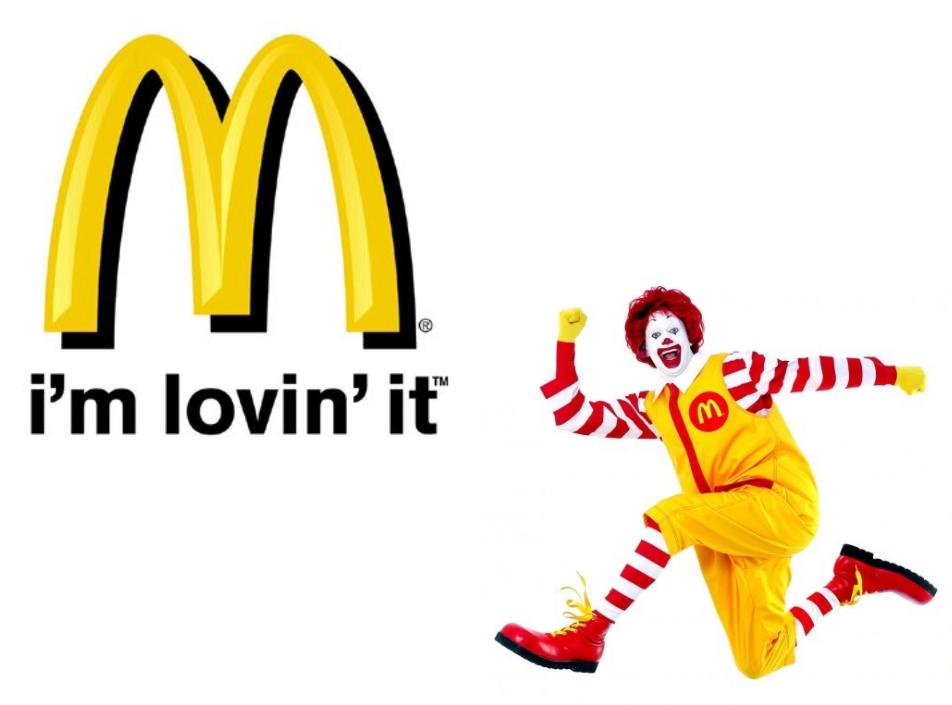
Marketing_L9(2013-2014)
.pdfThe New Marke,ng Communica,ons
Model
Major factors
• consumers
• marke&ng strategies
• communica&ons technology
• The dominance of television, magazines, newspapers, and other mass media is declining.
• More-specialized and highly targeted media to reach smaller customer segments with morepersonalized, interac&ve messages
• The new media range from specialty cable television channels and made-for-the-Web videos to Internet catalogs, e-mail, blogs, cell phone content, and online social networks.
• Less broadcas,ng and more narrowcas,ng

The new marke'ng communica'ons model: In relaunching Zune Pass, MicrosoZ used 30-second spots but placed them online only, reaching as many target consumers but at half the cost of tradi&onal media.
The new marke,ng communica,ons model will consist of a shiFing mix of both tradi,onal mass media and a wide array of exci,ng, new, moretargeted, and more-personalized media.

Integrated marke,ng communica,ons
A View of the Communica&on Process
“How can we reach our customers?”
+
“How can we let our customers reach us?”

Elements in the Communica,on
Process

• Sender: The party sending the message to another party— here, McDonald’s.
• Encoding: The process of puOng thought into symbolic form —for example, McDonald’s ad agency assembles words, sounds, and illustra,ons into a TV adver,sement that will convey the intended message.
• Message: The set of symbols that the sender transmits—the actual McDonald’s ad.
• Media: The communica&on channels through which the message moves from the sender to the receiver—in this case, television and the specific television programs that McDonald’s selects.
• Decoding: The process by which the receiver assigns meaning to the symbols encoded by the sender—a consumer watches the McDonald’s commercial and interprets the words and images it contains.
• Receiver: The party receiving the message sent by another party—the customer who watches the McDonald’s ad.
• Response: The reac&ons of the receiver aZer being exposed to the message—any of hundreds of possible responses, such as the consumer likes McDonald’s be\er, is more likely to eat at McDonald’s next &me, hums the “i’m lovin’ it” jingle, or does nothing.
• Feedback: The part of the receiver’s response communicated back to the sender—McDonald’s research shows that consumers are either struck by and remember the ad or they write or call McDonald’s, praising or cri&cizing the ad or its products.
• Noise: The unplanned sta&c or distor&on during the communica&on process, which results in the receiver geOng a di erent message than the one the sender sent— the consumer is distracted while watching the commercial and misses its key points.
